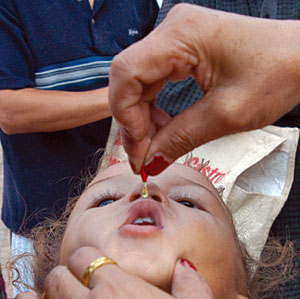 |
Medical colleges have mushroomed like English "boarding" schools in Nepal. From just one medical college 15 years ago, we now will soon have almost 20. To be sure, just like English private schools, many of the new medical colleges are also commercial ventures which were opened by savvy business people.
And there is a stampede of students trying to get into medical schools with their parents urging them on. Unfortunately, the tuition fees and deposits are so steep that for most Nepalis, a medical education is a distant dream even with requisite aptitude.
An important question is: will these new medical colleges help solve Nepal's health problems? Most people who graduate from a medical college in Nepal will certainly want to go abroad to acquire more knowledge and wealth and probably settle down there. You can argue this will be global gain, but it won't help solve the health needs of the Nepali especially the ones living outside the capital. Furthermore, medical colleges are probably not the most cost- effective way of solving the health problems in a developing world.
We may have to learn from Sri Lanka. Despite the three decade civil war, Sri Lanka has the best health indicators in South Asia. Average life expectancy is 75 years and infant mortality is 9 per 1,000: incredible statistics for a developing South Asian country. Soon after independence from Britain in 1947, Sri Lanka invested heavily in public health and women's education, and this investment is paying them rich dividends today in health.
An important point in Sri Lanka has been focus on primary health care, especially maternal and child health through a multi-layerd health system with adequate provisions of basic services at the community level. They have not only talked about this as is common practice, they have put their money where their mouth is. For example, Sri Lanka till 2005 did not have a single magnetic resonance scanner in the public sector, symbolising their emphasis on primary and secondary care. In sharp contrast, many poor countries (Nepal included) boast expensive tertiary care institutions with low funding of primary and rural care.
New medical colleges may satisfy our academic thirst for knowledge. But insofar as solving Nepal's health problems are concerned, we may be better adopting the Sri Lanka model.


